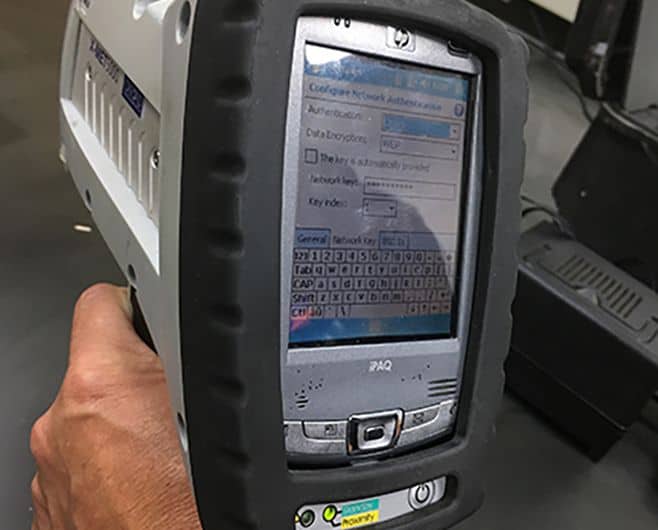
by Ace Laboratories | Feb 26, 2019
Test Details Various compliance standards require manufacturers to maintain, or be completely free of certain heavy metals in their products. XRF can quickly identify the presence of many of these metals to meet compliance in the following: Prop 65 RoHS Lead...
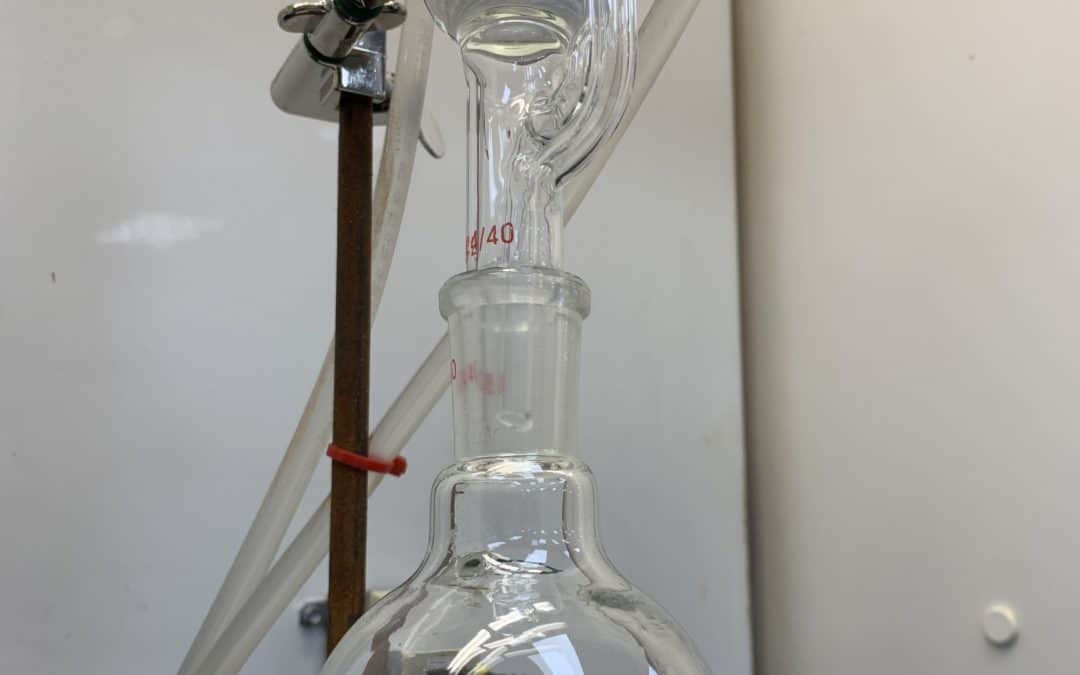
by Ace Laboratories | Feb 26, 2019
What is Wet Chemistry? Wet chemistry is a form of analytical chemistry and refers to a wide range of chemical analyses that are conducted while chemicals are in the liquid phase. Like other types of analytical chemistry techniques, wet chemistry is primarily concerned...
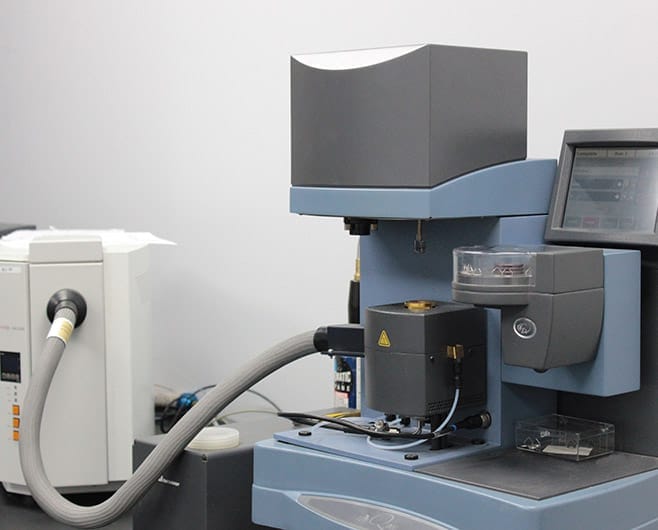
by Ace Laboratories | Feb 26, 2019
What is Thermogravimetric Analysis testing used for? This test method provides a thermogravimetric technique to determine the amounts of organics (oil, polymer), carbon black, and ash (filler) in a rubber compound. The thermogravimetric technique employed during TGA...
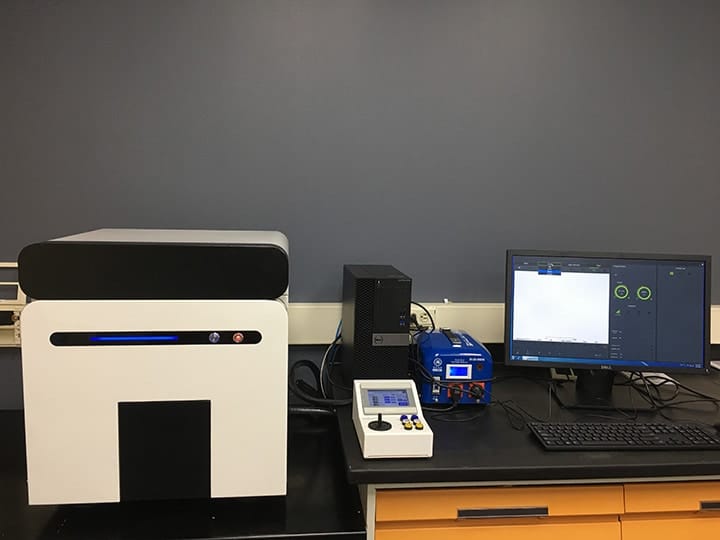
by Ace Laboratories | Feb 26, 2019
What is a Scanning Electron Microscope (SEM)? To understand how a scanning electron microscope works, it helps to understand its various parts. The microscope is composed of an electron gun, two magnetic lenses, a backscattered electron detector, a secondary electron...
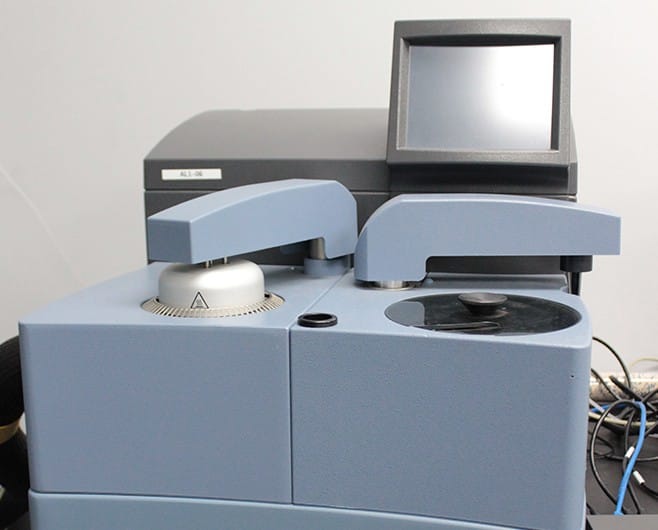
by Ace Laboratories | Feb 26, 2019
What is Differential Scanning Calorimetry, or DSC? How does a differential scanning calorimeter work? DSC testing begins with two components: a measurement chamber and a computer. Two pans are heated in the measurement chamber and your sample is placed in one pan for...






